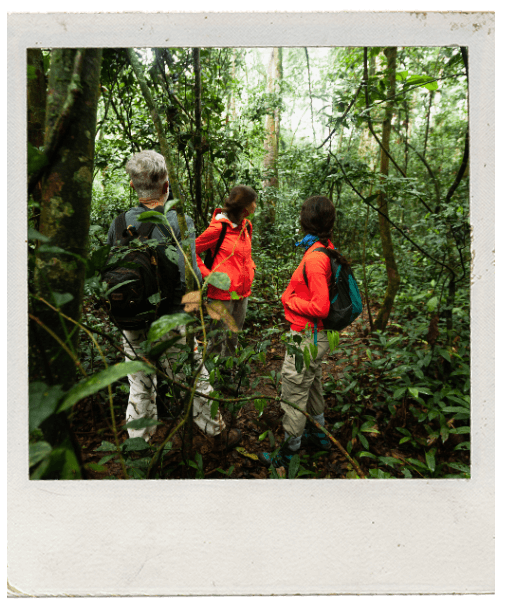Position Statements
Where does the World Parrot Trust stand on different issues? Read our position statements on the following topics...
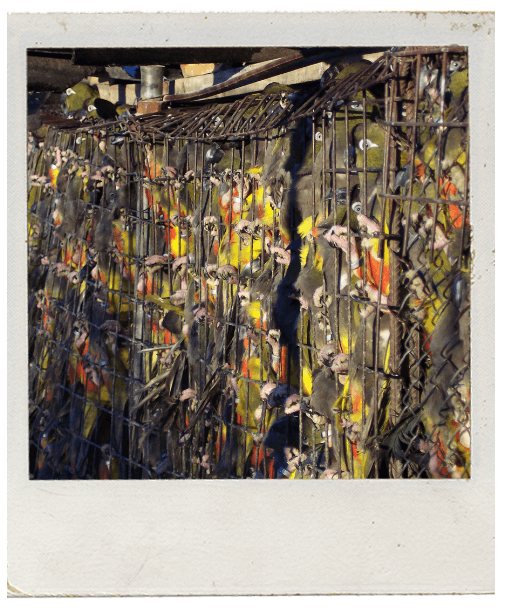
Overpopulation and Trade
As long as there are parrots in need of good supportive homes, then in some ways we have a parrot ‘overpopulation’ problem. This has been the case for decades, and the founder of the World Parrot Trust, Mike Reynolds, was already aware of this issue and speaking out about it in the 1960s.
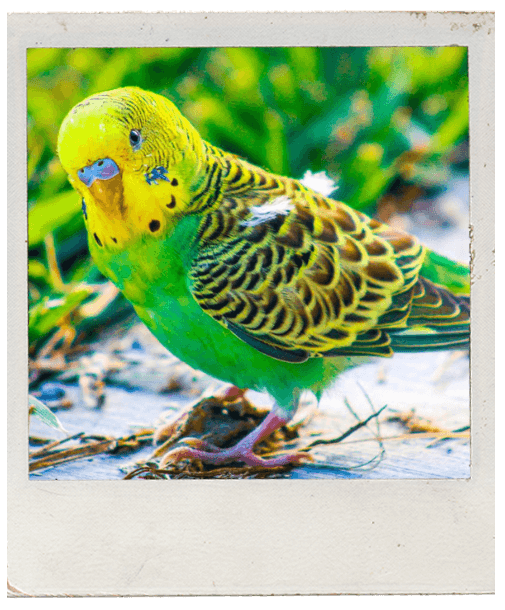
Releasing Pet Birds
We strongly advise against release for the sake of the individual bird's welfare and for the well-being of wild populations. Returning parrots to the wild can be done successfully, but only when carried out under well-managed programs, most of which cannot be undertaken by individual caregivers.
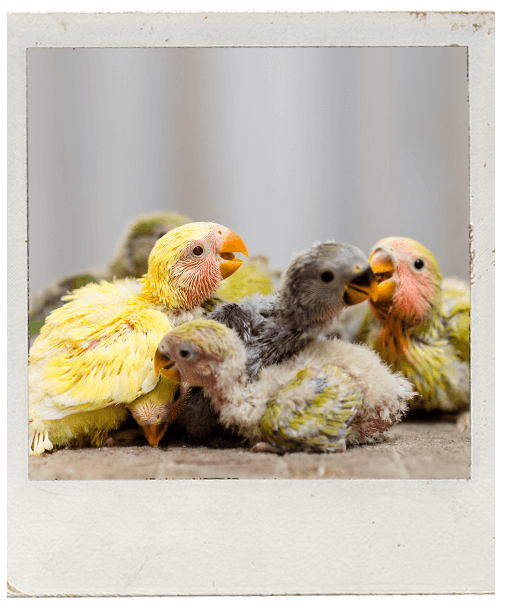
Keeping and Breeding Parrots
Although most people find parrots to be delightful, beautiful, and engaging animals, this doesn’t necessarily make them good candidates for sharing their lives with them. Still, millions of people around the world do share their lives with parrots, and many of these birds live rich, stimulating, and healthy lives.
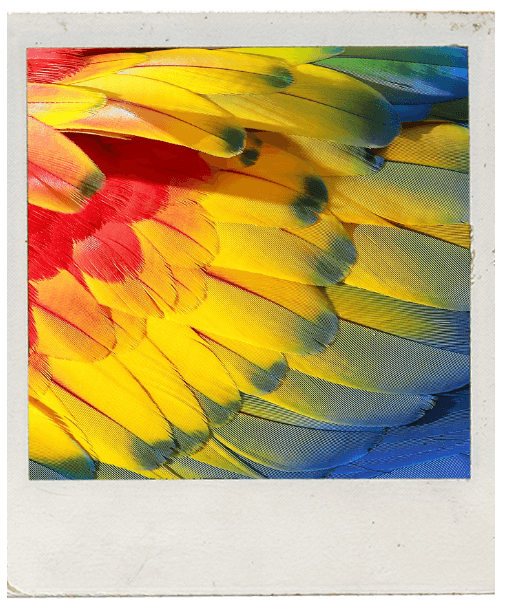
Wing-clipping
Flight for parrots isn’t a minor detail, it’s a fundamental aspect of their lives. Flight determines where they live, what they feed on, who they socialise with and just about every aspect of how they are built, including their musculature, respiratory system, skeletons and of course, feathers.
